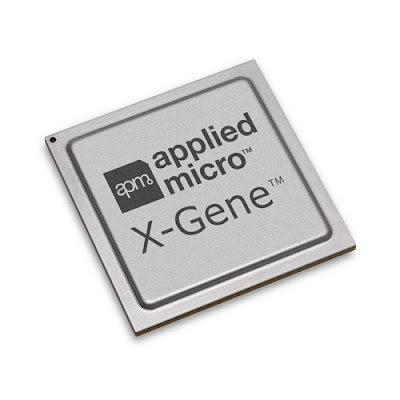For months, even years, IT players and analysts have been saying how the ARM architecture won't ever score big on the server market if it doesn't offer 64-bit support, but this barrier has finally been brought down.
Following the revelation of deals signed for the use of the ARM v8 architecture, which supports 64-bit registers, the first server based on a v8-compliant processor has been revealed.
It isn't any specific server implementation that we are really interested in, however, but the actual chip that powers it.
Part of the X-Gene line, the “server-on-a-chip” is a multi-core ARM v8 with L1, l2 and L3 cache, a high-performance memory subsystem, cloud server I/O (Integrated Ethernet and peripheral interfaces), Coherent fabric, SOC peripherals and associated bridges, plus system memory that can host Linux and server software.
"This is the first time the world is seeing a mature, fully-functional server platform running a real-world application on 64-bit ARM-based processor," said Vinay Ravuri, vice president and general manager of processor products at AppliedMicro.
"As a result, AppliedMicro has already secured key strategic customers and partners around the world and has been enabling them with the tools they need to get started in advance of silicon. This web server emulates a live content delivery application featuring rich video, audio and text, and demonstrates the robustness and readiness of our next generation cloud server solution."
64-bit is a word (natural unit of data used by a particular processor design) size that started being used by PCs in 2003, but has existed in supercomputers since the 1970s and in RISC-based workstations and servers since the early 1990s.
AppliedMicro's newest X-Gene-based servers is expected to get OEMs, ODMs, Cloud Service Providers, Independent Software vendors and other companies to warm up to the idea of ARM-based machinery, after many years of having only x86 (AMD and Intel) to call on.
The high power efficiency continues to be a major asset of the ARM architecture and, with support for essentially all relevant programs now, it should be more convenient than ever to conduct software development, stage performance benchmarking, etc., all the while researching new silicon on the side.



 4/27/2012 12:30:00 AM
4/27/2012 12:30:00 AM
 dannzfay
dannzfay


 Posted in:
Posted in: 









0 comments:
Post a Comment